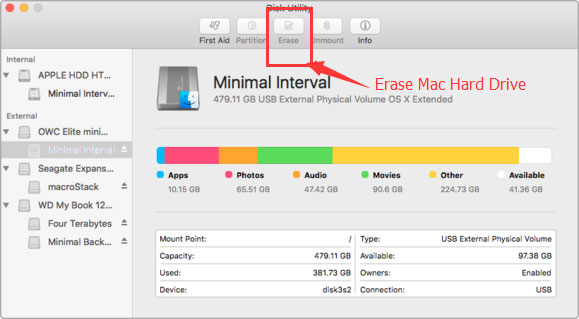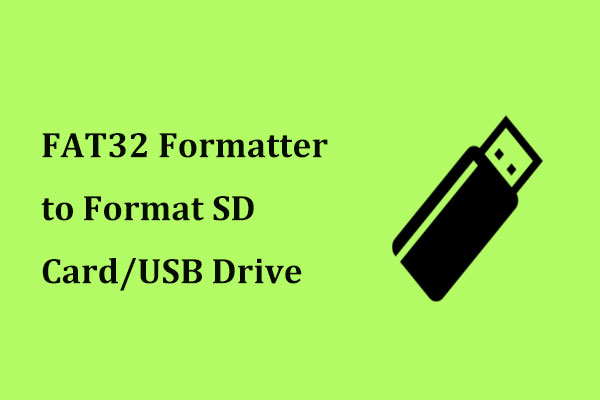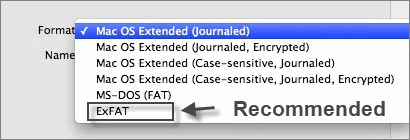
- #Usb drive formatter macos mac os x
- #Usb drive formatter macos install
- #Usb drive formatter macos password
Step 3: Connect an NTFS drive to the Mac. How do I make my NTFS drive writable on a Mac?
If you want to change the format of a flash drive to NTFS with your Mac so you can use it on a Windows computer, you need to install an NTFS driver on the Mac. NTFS is a format for the Windows NT File System. You can use a Mac to format a USB flash drive with the NTFS file system.
What’s the best way to write to a NTFS drive?. How do you format a flash drive on a Mac?. How do I format USB flash drive to NTFS file system?. How do you remove write protection on a Mac?. Why can’t I remove write protection USB?. How do I format a flash drive as NTFS or exFAT?. How can I convert NTFS to exFAT without formatting?. How do I format a write protected flash drive on a Mac?. How do I format a flash drive as NTFS or exFAT on Mac?. How do I make my NTFS drive writable on a Mac?. APM is an older, Mac-only partition scheme. You’ll also be asked to choose between a partition scheme: GUID Partition Map, Master Boot Record, or Apple Partition Map. RELATED: What's the Difference Between GPT and MBR When Partitioning a Drive? It’s not natively supported on many Linux distributions, but you can install exFAT support on Linux.įor external drives, it almost always makes sense to format in ExFAT, unless you’re using the drive for Time Machine. ExFAT is the ideal cross-platform file system. You should use this file system if you may share the drive with Windows PCs and other devices like the PlayStation 4 and Xbox One consoles. ExFAT: ExFAT is almost as widely compatible as older FAT file systems, but doesn’t have the limitations. MS-DOS (FAT): This is the most widely compatible file system, but it has some limitations–for example, files can only be 4GB or less in size each. Avoid this file system unless you have a device that requires FAT32. OS X Extended (Case-sensitive, Journaled, Encrypted): This is the same as the standard OS X Extended (Case-senstiive) file system, but with encryption. You’ll have to enter a password, and you’ll need to provide that password whenever you connect your drive to your Mac.


OS X Extended (Journaled, Encrypted): This is the same as the standard OS X Extended file system, but with encryption.This option exists because it matches the traditional behavior of UNIX and some people might need it–don’t select this unless you know you need it for some reason.
By default, Mac OS X doesn’t use a case-sensitive file system.
OS X Extended (Case-sensitive, Journaled): On a case-sensitive file system, “file” is different from “File”. This file system is necessary if you plan on using the drive for Time Machine backups–otherwise, you’ll want to use exFAT for maximum compatibility. OS X Extended (Journaled): This is the default, but it’s only natively supported on Macs. RELATED: What's the Difference Between FAT32, exFAT, and NTFS? You’ll need to choose between several file systems: You’ll be asked to provide a name for the disk, which will appear and identify the disk when you connect it to a Mac, PC, or another device. Select the drive by clicking its name.Ĭlick the “Erase” button after selecting the entire drive to erase the entire drive and create a single partition on it. Your connected drives will appear under “External” in the Disk Utility’s sidebar. 
You can also open a Finder window, select “Applications” in the sidebar, and head to Utilities > Disk Utility.







 0 kommentar(er)
0 kommentar(er)
